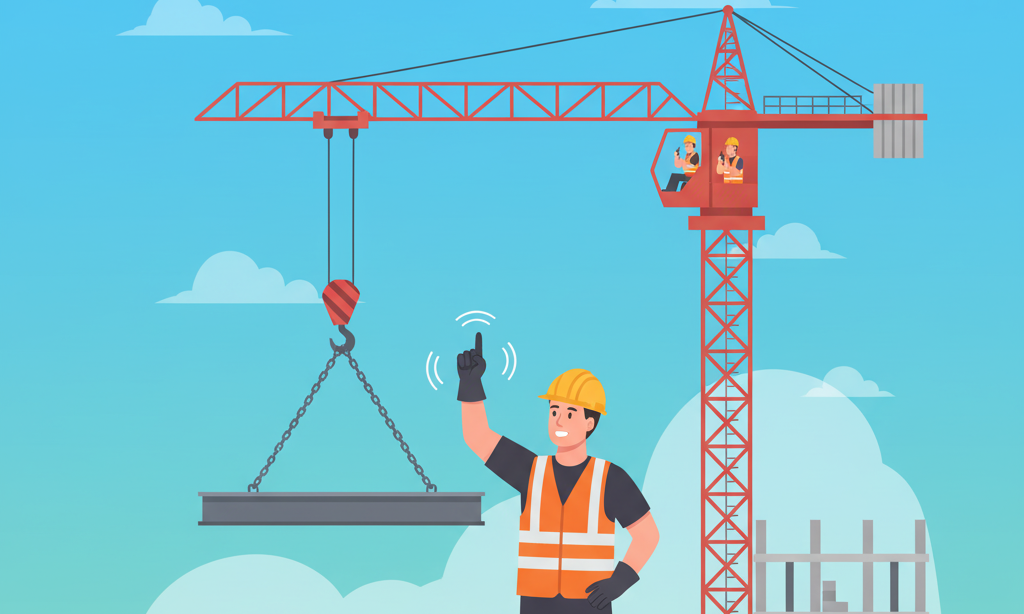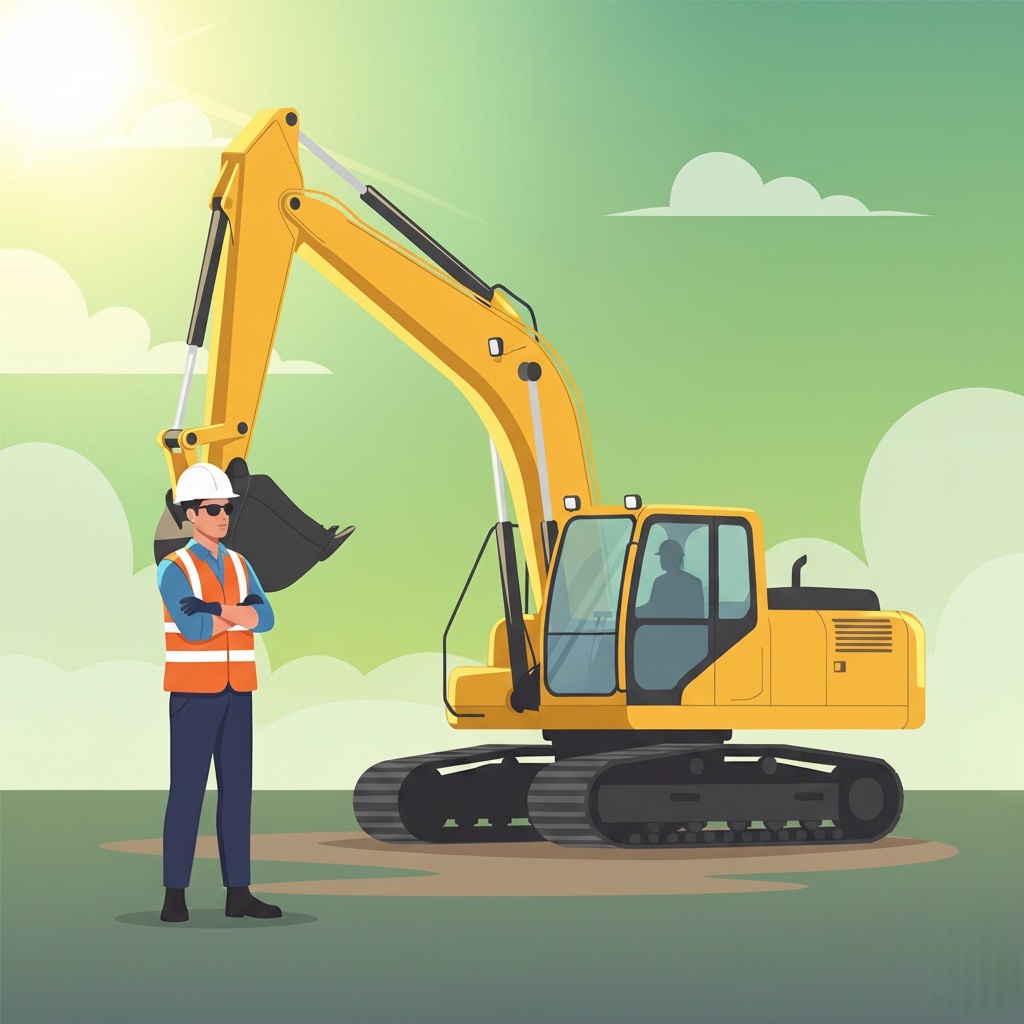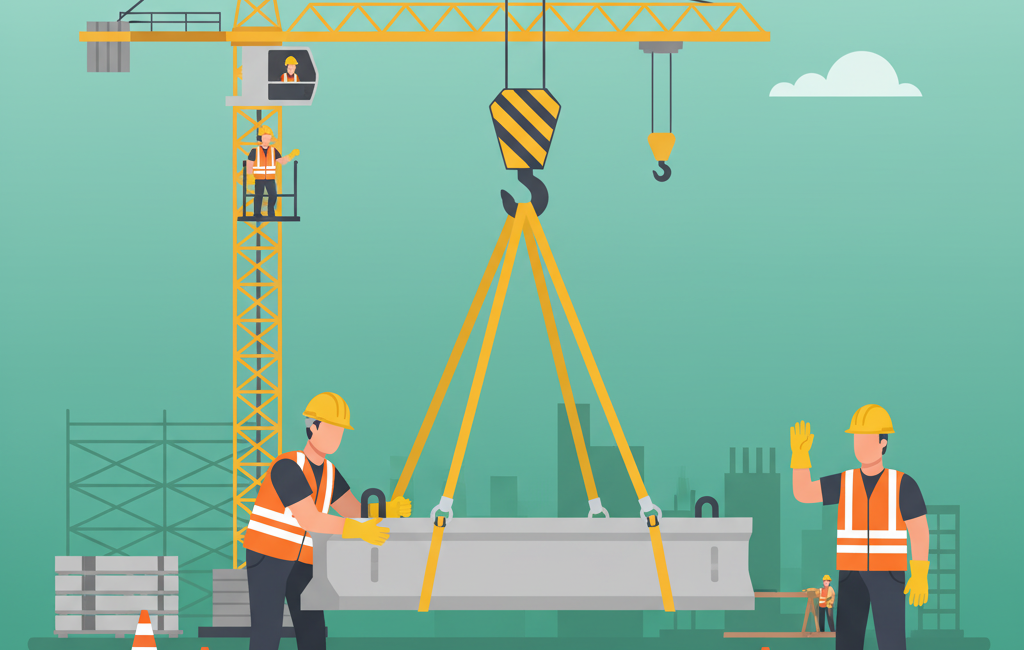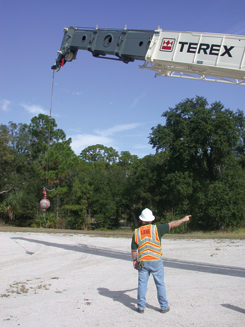 Thinking about qualifying as a crane signal person? Want to know more about crane signal person duties? The National Commission for the Certification of Crane Operators (NCCCO), a nonprofit organization formed in 1995 “to develop effective performance standards for safe crane operation to assist all segments of general industry and construction” is your reference.
Thinking about qualifying as a crane signal person? Want to know more about crane signal person duties? The National Commission for the Certification of Crane Operators (NCCCO), a nonprofit organization formed in 1995 “to develop effective performance standards for safe crane operation to assist all segments of general industry and construction” is your reference.
Here’s a quick rundown of what Crane Operator Signal Persons do and how they are qualified: (NCCCO uses the one-word term “signalpersons”; OSHA refers to them as “signal persons.” We’ll stick to the OSHA two-word rendition in this article.)
Basic job description
Crane operator signal persons are the crane operator’s “eyes and ears on the ground.” Their signals and communications with the operator are crucial in preventing crane accidents and crane operators should never work without a qualified signal person.
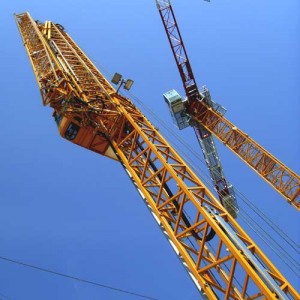 What OSHA says that signal persons need to know
What OSHA says that signal persons need to know
OSHA 1926 CFT on Cranes and Derricks in Construction says that crane operator signal persons are considered qualified when they:
- know the types of signals used at the work site.
- can competently use those signals
- know the crane equipment, its limitations and all the dynamics involved in crane and boom movement and lifting
- demonstrate their knowledge through oral, written, and practical testing
- are evaluated by a third-party or in-house Qualified Evaluator
When a signal person must be on station
OSHA 1926.1419(a) says that a signal person has to be on the job when:
- the load or area near or at the load is not in full view of the operator.
- when the equipment is on the move and the direction of the movement is obstructed.
- when either the operator or the person handling the load believes that a signal person should be present because of site safety conditions.
Who is eligible to become a qualified Signal Person?
To obtain an NCCCO crane signal person certification the candidate must:
- be at least 18 years old
- be drug free
- pass the written examination
- pass a practical examination
- adhere to the NCCCO code of ethics
 What is covered on the certification test for crane operator signal persons?
What is covered on the certification test for crane operator signal persons?
The NCCCO written test is in five parts. It includes hand signals (approximately one-third of the exam), voice communication (a little over one-tenth), a basic knowledge of crane operations (almost one-third), site awareness (another one-tenth) and safety standards and regulations (about another one-tenth).
Parameters of the practical exam are covered on the NCCCO certification programs web page. They include the candidate’s observance of the crane and demonstration of the ability to give the necessary hand and voice signals.
For more information
Download the NCCCO Candidate Handbook (Signalperson) here that has everything you need to know about qualifying for this job. Contact us and learn about the full array of online training services we have for your construction business.


